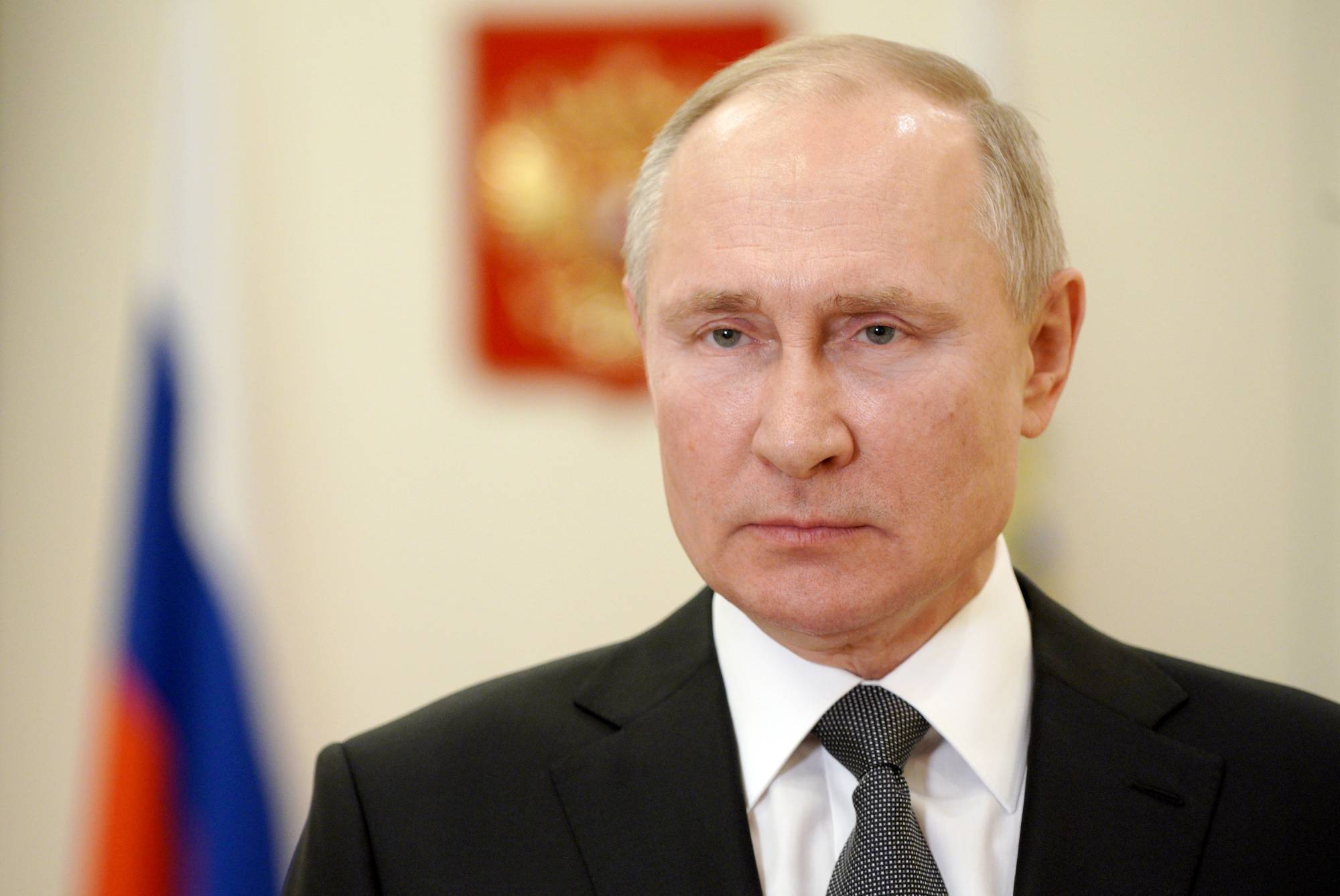Since Vladimir Putin came to power in 2000, Russia has experienced several waves of popular unrest. In 2005, senior citizens protested against a pension reform, and in 2011-2012, thousands of Muscovites demonstrated in response to an obviously fraudulent election in which Putin returned to the presidency after a brief stint as prime minister. Through it all, Putin has proven to be politically bulletproof.
But now, a new wave of protests is sweeping the country, and there are good reasons to think this time might be different. Putin has become ever more repressive and nonresponsive to public opinion. Cloistered in isolated palaces, he has become what opposition leader Alexei Navalny calls a “grandpa in his bunker.” Despite the Kremlin’s attempt on his life last year, Navalny recently released a damning documentary alleging that Putin has funneled his ill-gotten gains toward the construction of a massive secret palace on the Black Sea.
Putin’s next big political test will come in September, when Russia holds State Duma (legislative) elections. Putin will have nothing meaningful to offer the Russian people. After benefiting from robust economic growth of about 7% per year during his first two terms (2000-2008), he now presides over a stagnant economy. Since peaking at $2.3 trillion in 2013, Russia’s GDP has fallen by more than one-third, to $1.5 trillion. In the space of just four years (2014-2017), the country’s standard of living fell by 12.4%. And after remaining flat through 2018-2019, it declined again in 2020.
















With your current subscription plan you can comment on stories. However, before writing your first comment, please create a display name in the Profile section of your subscriber account page.